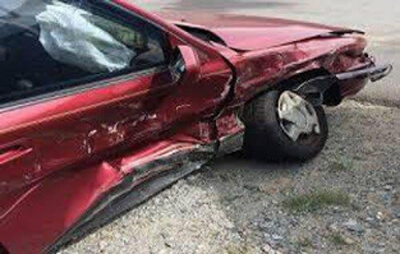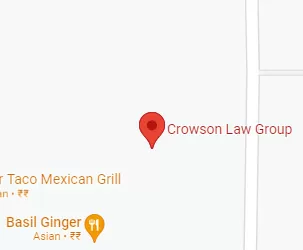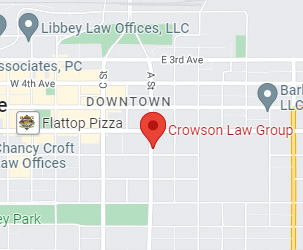My Insurance Claim and Fault

Accidents happen every single day and most likely than not there is someone that caused the accident. It may be as a result of recklessness, negligence or an intentional act. However, the individual who is found to be at fault for a car accident is the party responsible for paying for the damage that was caused by the negligence. There are instances though when fault is not clear or more than one party was at fault. When more than one party is at fault, fault is apportioned between the negligent parties. This article will discuss how a car insurance claim is affected when the claimant is partly at fault.
It is important to note that the insurance companies that insured the drivers who were involved in the accident determine fault. They assign each party a relative percentage of fault based on each driver’s conduct. The insurance claim’s adjuster [https://www.investopedia.com/terms/a/adjuster.asp] handles the case based on the degree of fault with regards the circumstances surrounding the accident. In as much as the insurance adjuster has their own principles to follow they look to state laws to determine which driver acted negligently.
It must be noted that when the insured driver is partially at fault for the accident, the insurance company pays the respective portion of the insured driver’s share. So, for example, if the insured driver is 60% at fault the insurance company may pay the 60% of the settlement. However, in other cases the insurance company that insured the driver who was most at fault may pay the entire claim; this is all dependent upon individual policies.
Insurance adjusters may analyze a variety of information in order to determine who was at fault. This includes:
- Interviewing the drivers involved in the accident
- Interviewing witnesses to the accident
- Reviewing the police report to get an objective impression of the accident
- Examining the vehicles involved in the accident
- Examining the scene of the accident
The point of gathering all these pieces of information is critical in order to avoid a personal bias or self-interest.
In determining fault insurance adjusters need to apply the state’s measure of damages based on how it views negligence. Each state uses a different system when it comes to determining negligence. The state may use contributory negligence, comparative negligence or a modified approach in determining to what degree each party was responsible for the accident.
Historically, if two people were involved in an accident and the victim was found to have been even partially at fault they was not allowed to receive any compensation for the accident. This is referred to as ‘pure contributory negligence’. However, most states have moved away from this concept of negligence. Many states follow the legal theory of comparative negligence. This theory allows an injured party to recover the portion of damages that they sustained that cannot be attributed to them. ‘Pure comparative negligence’, adopted by many states and the state of Alaska, allows a victim to recover for their damages but they are reduced by the percentage of their fault.
To file a personal injury claim seek out the best personal injury lawyers .


